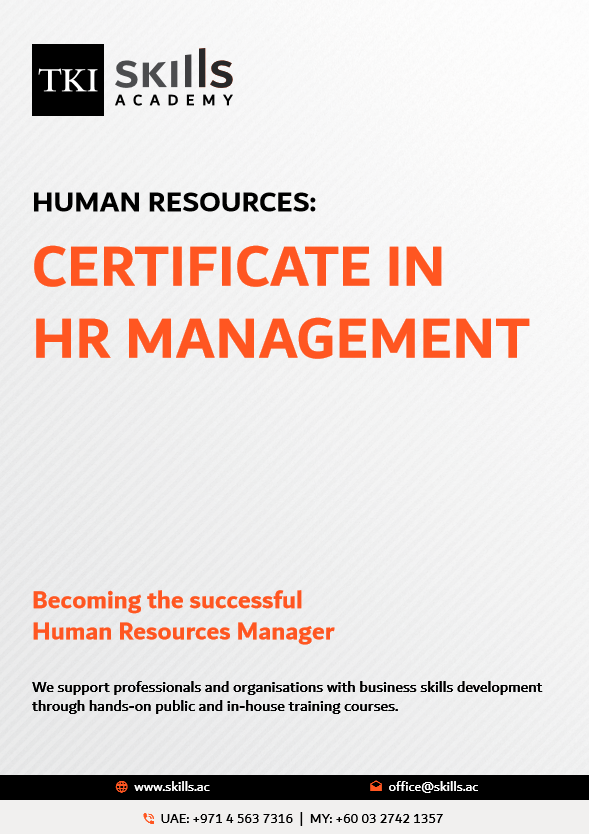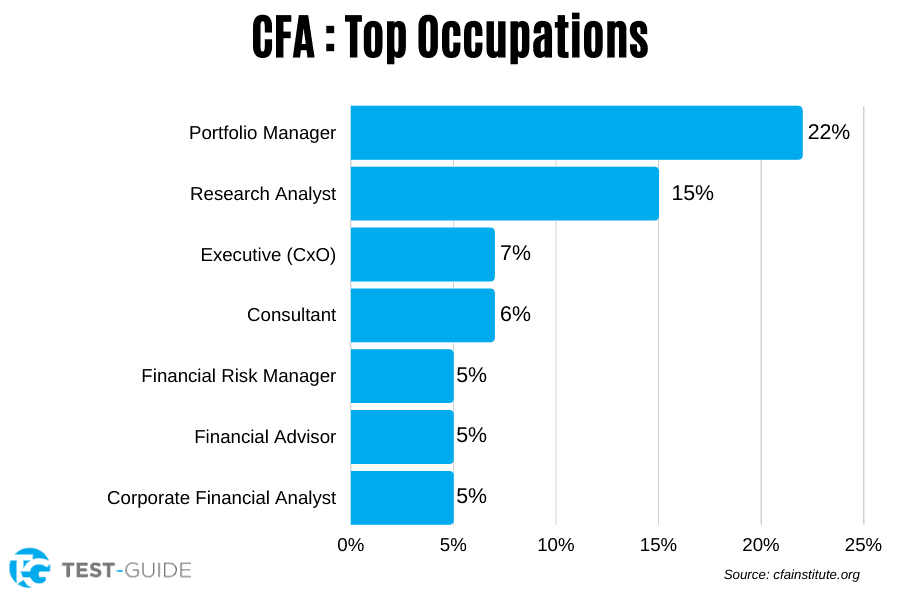
Many features make it simple to manage your money and invest in the best 401(k). You will find a simple brokerage interface and customizable options for investing. An average 401(k) plan offers eight to twelve investment options, which range from mutual funds to stocks to variable annuities and other assets.
Investing low-cost in index funds
Index funds that are low-cost for your 401(k) plan can be a great way of increasing your retirement savings. Many 401k plan participants are not knowledgeable about investing. To get the most from your retirement savings, it is important to learn about all the investment options. Even if your company offers pre-designed portfolios, it's important to have a good understanding of what these options are and how they work.
Index funds are low cost mutual funds that track a particular financial index. They are often an affordable alternative to actively managed funds and mimic the performance market indexes. They can be mutual funds and exchange-traded. They are able to cover both bond and stock investments as well as international ones. Some index funds track obscure asset classes or are not usually part of 401(k).

401(k) custodian's ease-of-use
If your company runs a 401(k) plan, the custodian is responsible for the administration and record keeping of your plan. They produce statements for participants, file required reports with the government, and answer participant questions and concerns. They ensure that plan fees are paid. You should take into account many factors before choosing a custodian for a 401(k).
First, consider ease of use. An 401(k), custodian should make it easy for you to view and transfer funds. It is also worth checking if automatic payments are possible. This is especially important for those who don't have much experience with 401 (k) plans.
Investment options offered by 401(k) plan providers
Employees have the option to choose how they want to invest their 401(k). Employers also have the opportunity to match employee contributions with stock. This allows an employer to put a higher percentage into the plan. It can also strengthen the employee's commitment.
Variable annuities might be available as an investment option to 401(k). These investments combine mutual fund investing with insurance benefits. These investments can be compounded and recouped over a longer period of time. These investments can also provide income and capital preservation.

Fees paid by plan providers for 401 (k) plans
Administrator fees are charged by 401(k), plan providers to manage the investments and maintain the plans. These fees pay for expenses like plan set-up, recordkeeping auditing, compliance and support. Some providers charge additional fees for investment advice, customer support representatives, and web site hosting. These fees may be paid by the employer or are a percentage of the plan balance. Plan providers should disclose all information about their fees and be open about what they charge.
Two rules were established by the Department of Labor in 2012 to ensure that plan sponsors are fully transparent about the fees charged them by their 401(k). These rules require service providers to provide clear details about the fees they charge and provide plan sponsors with the information they need to make the best decisions for plan participants. However, plan participants believe they do not pay for their 401k plans despite these rules.
FAQ
What does a financial planner do?
A financial planner is someone who can help you create a financial plan. A financial planner can assess your financial situation and recommend ways to improve it.
Financial planners are highly qualified professionals who can help create a sound plan for your finances. They can give advice on how much you should save each monthly, which investments will provide you with the highest returns and whether it is worth borrowing against your home equity.
Financial planners usually get paid based on how much advice they provide. However, there are some planners who offer free services to clients who meet specific criteria.
How to manage your wealth.
First, you must take control over your money. Understanding how much you have and what it costs is key to financial freedom.
Also, you need to assess how much money you have saved for retirement, paid off debts and built an emergency fund.
If you fail to do so, you could spend all your savings on unexpected costs like medical bills or car repairs.
Who Should Use a Wealth Management System?
Anyone who is looking to build wealth needs to be aware of the potential risks.
New investors might not grasp the concept of risk. Bad investment decisions could lead to them losing money.
Even those who have already been wealthy, the same applies. It's possible for them to feel that they have enough money to last a lifetime. This is not always true and they may lose everything if it's not.
Everyone must take into account their individual circumstances before making a decision about whether to hire a wealth manager.
Is it worth having a wealth manger?
A wealth management service can help you make better investments decisions. You should also be able to get advice on which types of investments would work best for you. This way you will have all the information necessary to make an informed decision.
There are many things to take into consideration before you hire a wealth manager. You should also consider whether or not you feel confident in the company offering the service. If things go wrong, will they be able and quick to correct them? Can they clearly explain what they do?
What is risk management and investment management?
Risk management is the act of assessing and mitigating potential losses. It involves monitoring and controlling risk.
Risk management is an integral part of any investment strategy. The goal of risk management is to minimize the chance of loss and maximize investment return.
The key elements of risk management are;
-
Identifying the sources of risk
-
Monitoring the risk and measuring it
-
How to reduce the risk
-
How to manage risk
How much do I have to pay for Retirement Planning
No. No. We offer free consultations that will show you what's possible. After that, you can decide to go ahead with our services.
How to Beat Inflation With Savings
Inflation can be defined as an increase in the price of goods and services due both to rising demand and decreasing supply. Since the Industrial Revolution, when people began saving money, inflation has been a problem. The government manages inflation by increasing interest rates and printing more currency (inflation). However, you can beat inflation without needing to save your money.
For example, you can invest in foreign markets where inflation isn't nearly as big a factor. There are other options, such as investing in precious metals. Since their prices rise even when the dollar falls, silver and gold are "real" investments. Investors who are concerned about inflation are also able to benefit from precious metals.
Statistics
- A recent survey of financial advisors finds the median advisory fee (up to $1 million AUM) is just around 1%.1 (investopedia.com)
- These rates generally reside somewhere around 1% of AUM annually, though rates usually drop as you invest more with the firm. (yahoo.com)
- According to Indeed, the average salary for a wealth manager in the United States in 2022 was $79,395.6 (investopedia.com)
- As previously mentioned, according to a 2017 study, stocks were found to be a highly successful investment, with the rate of return averaging around seven percent. (fortunebuilders.com)
External Links
How To
How to invest your savings to make money
You can earn returns on your capital by investing your savings into various types of investments like stock market, mutual fund, bonds, bonds, real property, commodities, gold and other assets. This is called investing. It is important that you understand that investing doesn't guarantee a profit. However, it can increase your chances of earning profits. There are many options for how to invest your savings. There are many options for investing your savings, including buying stocks, mutual funds, Gold, Commodities, Real Estate, Bonds, Stocks, ETFs (Exchange Traded Funds), and bonds. These methods are described below:
Stock Market
The stock market is an excellent way to invest your savings. You can purchase shares of companies whose products or services you wouldn't otherwise buy. The stock market also provides diversification, which can help protect you against financial loss. You can, for instance, sell shares in an oil company to buy shares in one that makes other products.
Mutual Fund
A mutual fund is an investment pool that has money from many people or institutions. They are professionally managed pools, which can be either equity, hybrid, or debt. The mutual fund's investment objective is usually decided by its board.
Gold
The long-term value of gold has been demonstrated to be stable and it is often considered an economic safety net during times of uncertainty. Some countries also use it as a currency. Due to the increased demand from investors for protection against inflation, gold prices rose significantly over the past few years. The supply-demand fundamentals affect the price of gold.
Real Estate
Real estate is land and buildings. When you buy real estate, you own the property and all rights associated with ownership. Rent out a portion your house to make additional income. The home could be used as collateral to obtain loans. The home may also be used to obtain tax benefits. You must take into account the following factors when buying any type of real property: condition, age and size.
Commodity
Commodities include raw materials like grains, metals, and agricultural commodities. Commodity-related investments will increase in value as these commodities rise in price. Investors who want capital to capitalize on this trend will need to be able to analyse charts and graphs, spot trends, and decide the best entry point for their portfolios.
Bonds
BONDS are loans between governments and corporations. A bond is a loan where both parties agree to repay the principal at a certain date in exchange for interest payments. Bond prices move up when interest rates go down and vice versa. A bond is bought by an investor to earn interest and wait for the borrower's repayment of the principal.
Stocks
STOCKS INVOLVE SHARES of ownership in a corporation. A share represents a fractional ownership of a business. If you own 100 shares of XYZ Corp., you are a shareholder, and you get to vote on matters affecting the company. When the company earns profit, you also get dividends. Dividends are cash distributions to shareholders.
ETFs
An Exchange Traded Fund is a security that tracks an indice of stocks, bonds or currencies. ETFs can trade on public exchanges just like stock, unlike traditional mutual funds. The iShares Core S&P 500 (NYSEARCA - SPY) ETF is designed to track performance of Standard & Poor’s 500 Index. Your portfolio will automatically reflect the performance S&P 500 if SPY shares are purchased.
Venture Capital
Venture capital refers to private funding venture capitalists offer entrepreneurs to help start new businesses. Venture capitalists provide financing to startups with little or no revenue and a high risk of failure. Venture capitalists usually invest in early-stage companies such as those just beginning to get off the ground.